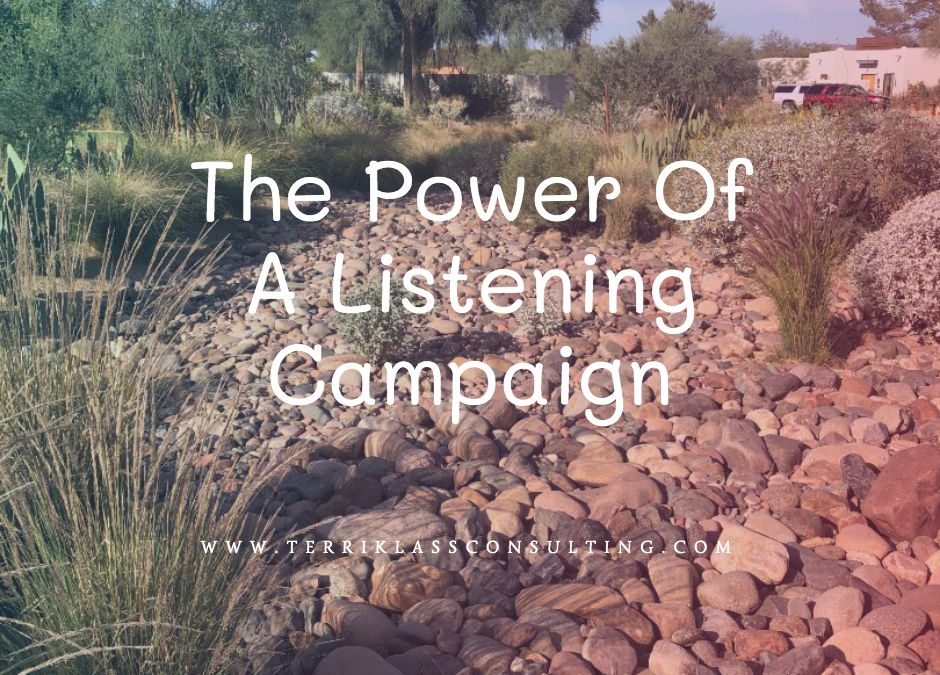Whether our teams are large or small, local or global, great performance will only occur if there is a high level of trust. A group of colleagues will only become a successful interconnected team if they are able to depend on one another during challenging times. When everything is running smoothly it is a sign that team members feel valued as well as have a strong sense of belonging. Trustworthiness and transparency permeate the workplace and organization. There is a clear understanding of each person’s role and responsibilities.
Although teams and organizations strive for a well-run flow, the reality is often the opposite occurs. Teams breakdown or become out of sync for many different reasons. It may not happen like a giant volcanic eruption but over a period of months or years an organization begins to unravel. Rumors can circulate and there is less and less trust among leaders and team members.
This happened to a non-profit organization I volunteer in. A once vibrant community with a strong vision and mission began to deteriorate. Communication became misunderstood which resulted in disappointment and missteps. Something had to be done to bring back trust and transparency. So we decided it was time for a Listening Campaign.
Five Steps A Listening Campaign Can Restore Trust:
1. Reach Out To A Group of Diverse Leaders
The first step in developing a Listening Campaign is to invite a group of leaders from the different areas of the organization to meet. No one or two individuals should face the issues by themselves. To begin the process of building trust it is critical to include the different stakeholders to represent your diverse organization.
To build trust in an organization design a listening campaign with diverse stakeholders. Share on X2. Acknowledge The Organization or Team Breakdown
Start a Listening Campaign by identifying both what might have contributed to a team’s derailment as well as why it happened. Both issues need to be evaluated and spelled out in a transparent way. Some questions to consider might be:
- When did this breakdown begin?
- What changed with our processes?
- Which stakeholders or departments were impacted and how?
- What were some of the signs we missed in the derailment?
3. Design Focus Groups and Listen
When an organization is unraveling, it is a great opportunity to create focus groups to get input from the community or team at large. Opinions and different perspectives really matter as they will help an organization refine its direction. Never be afraid to lead through uncertainty but look at this time as a gift to hear what colleagues or community members are thinking. They may actually have fantastic solutions that leaders didn’t consider. Listen with an open-mind and sense of curiosity. Try to establish a unified list of questions that each focus group will discuss. Leave time to vent and time to explore new possibilities.
4. Use The Feedback To Make Changes
If people share their ideas but their suggestions are not considered or used, the Listening Campaign isn’t worth a dime. Here are some ways to make sure that the information collected is considered:
- Have a note taker for each focus group.
- Discuss the feedback notes with the initial diverse leadership group.
- Decide which actions can be taken initially and which can be part of a second phase.
- Address as many of the concerns as possible, knowing that not every issue can be resolved perfectly.
5. Communicate Clearly The New Direction
The final step in a Listening Campaign is clearly communicating the results and the new direction to everyone in your organization. This builds trust and transparency as well as support from all the stakeholders. It demonstrates that leaders listened to the suggestions offered by their teams. Together they are creating a new future.
Have you or your organization ever launched a Listening Campaign? What other steps would you consider important?

